The other day, while working on a weekly crossword, I came across a clue asking for a red fruit that starts with the letter P. I’m used to the challenge of naming fruits that begin with common letters of the alphabet like A, B, D, F, S, etc, so I thought this one would be easy—after all, there are many fruits starting with P, like pineapple, pear, pawpaw, papaya, and plantain. But then I realized I hadn’t read the clue carefully: it wasn’t just any fruit starting with P—it had to be red! Do you get it? How many can you name? To get you started, here are some of the most common red fruits beginning with P. And if you’re curious, I’ve also included more info and pictures about each one.
1. Plums
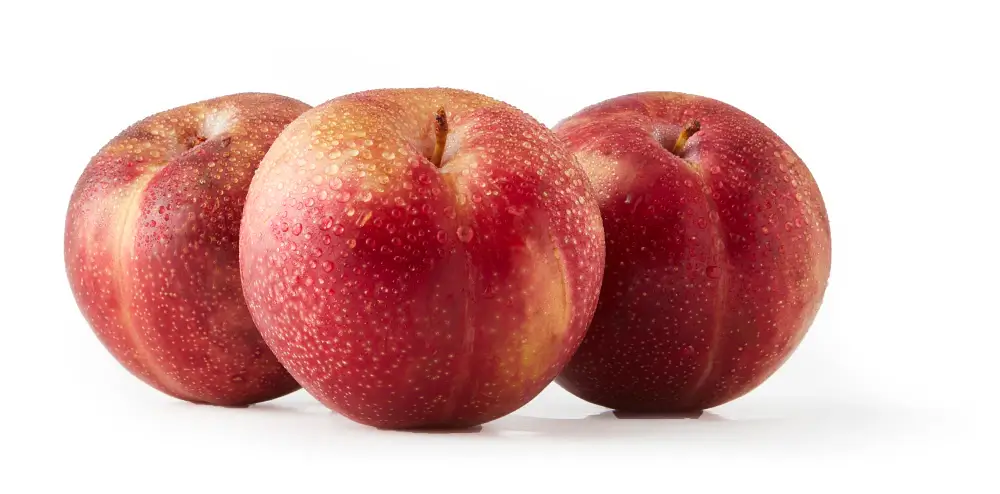
Plums belong to the stone fruit family with over 200 types worldwide. Many, like Japanese plums, have beautiful red skin or flesh. These fruits are juicy and sweet, perfect for eating fresh or using in jams and desserts. Plums provide vitamins and antioxidants, making them both tasty and healthy.
2. Peach
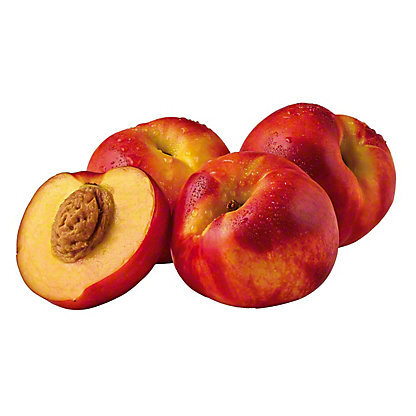
Red-fleshed peaches, sometimes called Blood or Vineyard Peaches, stand out with their deep ruby color inside. They’re rare but prized for their unique sweet taste and beautiful look. Packed with antioxidants, these peaches not only add flavor to dishes but also support your health.
3. Pears
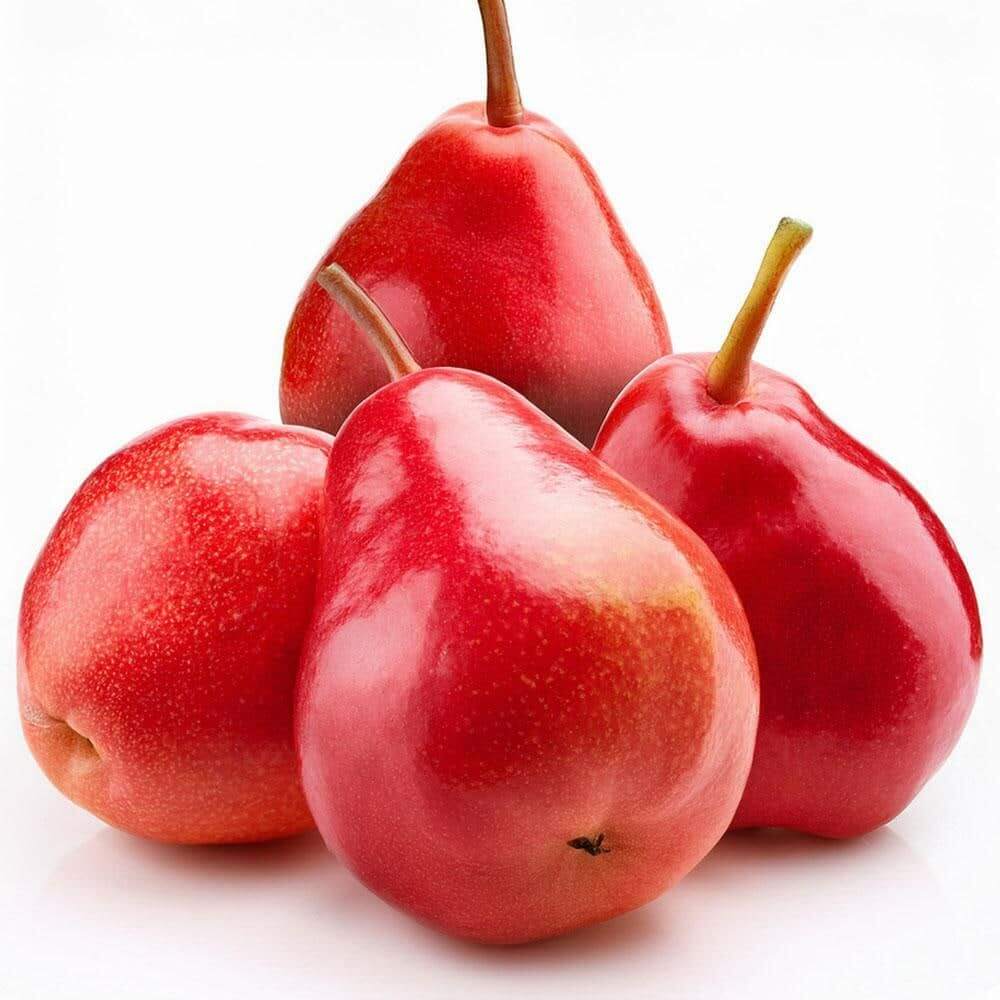
Some pears, like Red Bartlett and Red Anjou, show off lovely red skins. These pears are sweet, smooth, and juicy, making them a delicious snack or a tasty addition to salads and desserts.
4. Pomegranates
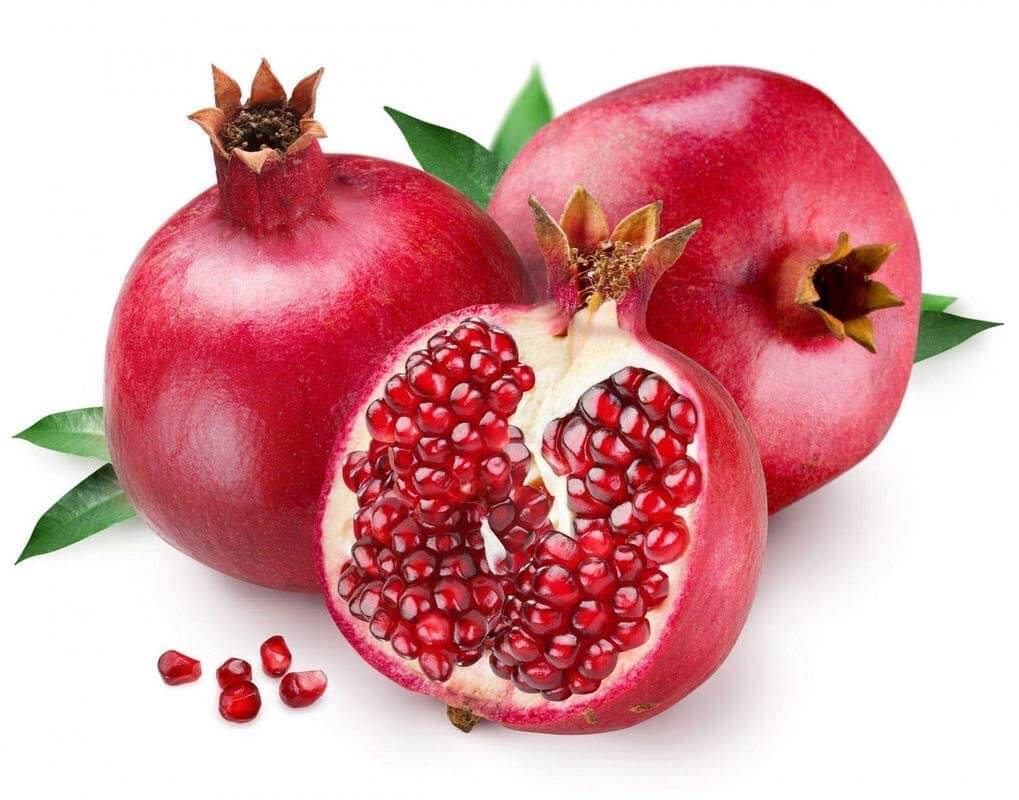
Pomegranates are round, red fruits filled with juicy, crunchy seeds called arils. Loved for centuries, these fruits offer a sweet and tart taste. They’re rich in antioxidants and vitamins, perfect for snacking or adding to dishes.
5. Prickly Pear Cactus
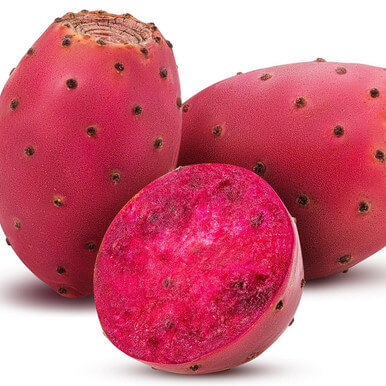
Red prickly pears grow on cactus plants and are rich in vitamin C, fiber, and minerals like magnesium and potassium. They taste sweet and are best harvested in spring and early summer. These fruits also offer many health benefits.
6. Pepper
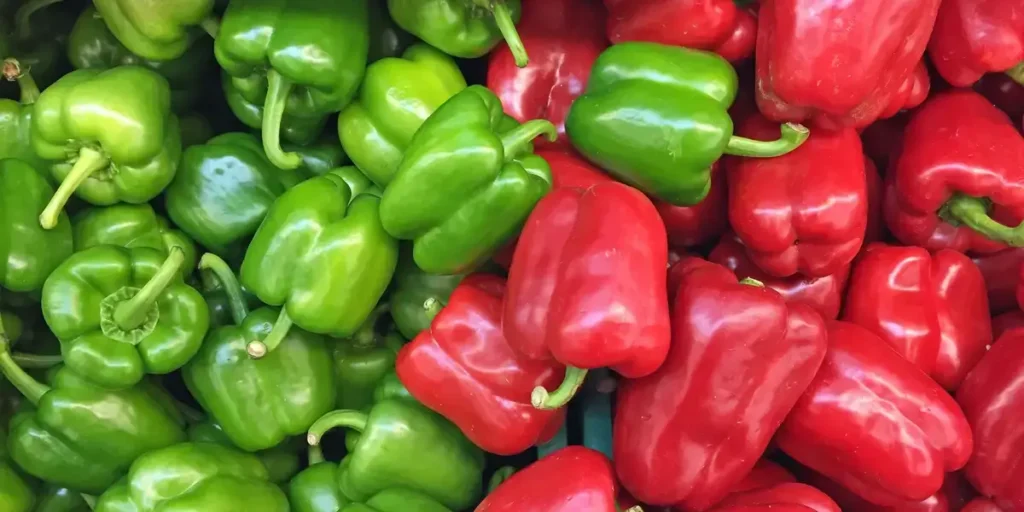
Red bell peppers are low in calories but packed with vitamins and antioxidants. Their sweet, crisp flavor works well in salads, cooking, or as a healthy snack. Eating peppers supports your immune system and overall health.
7. Passion Fruit
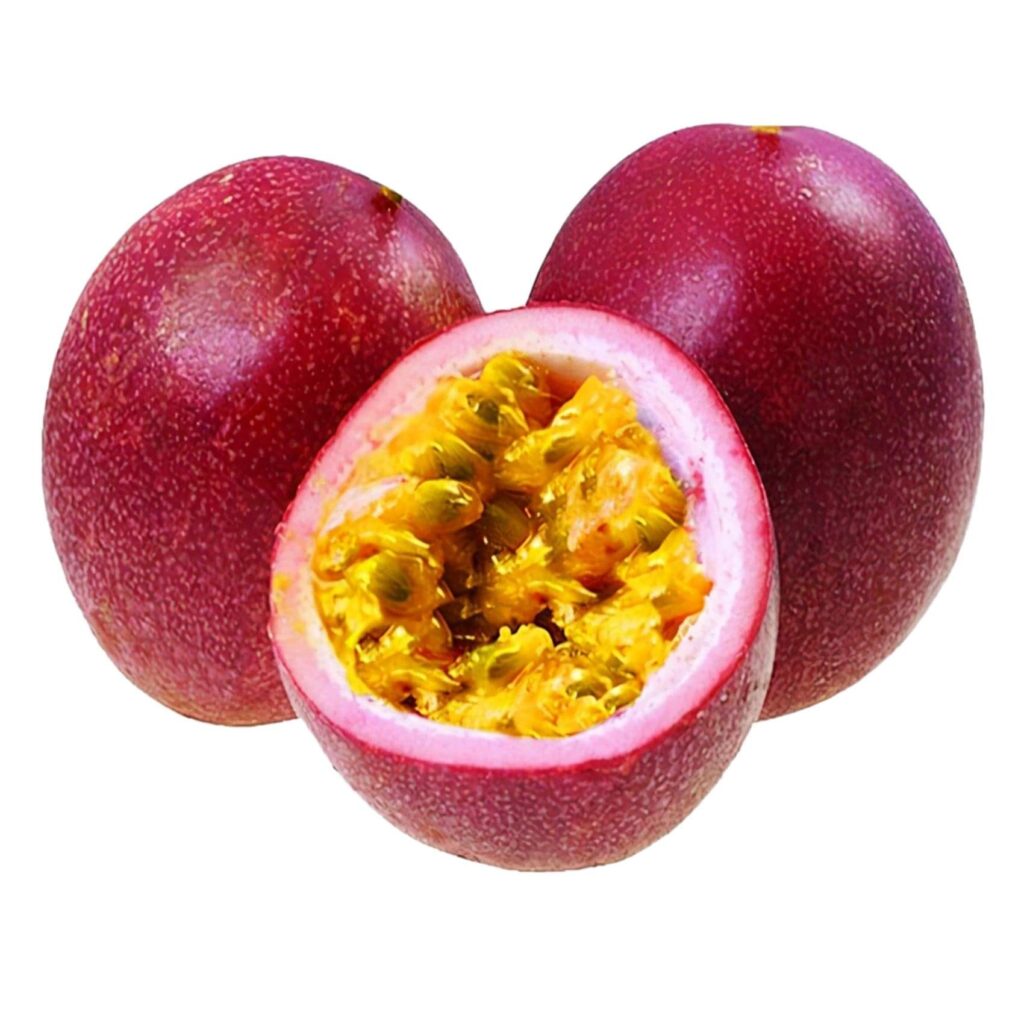
Red passion fruits, like the Panama Red variety, come from tropical vines. They have a sweet, tangy flavor and are filled with crunchy seeds. These fruits are popular in juices, desserts, and as a fresh treat.
8. Peumo Fruit
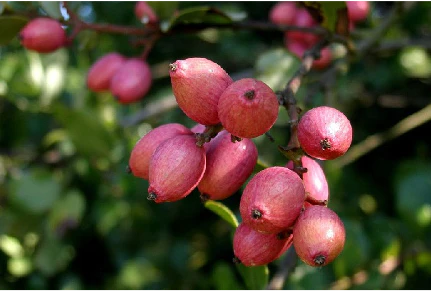
The peumo fruit is a small, red berry that grows on a hardy tree. It ripens in southern hemisphere summer months and is edible. Its wood is strong and moisture-resistant, making the tree valuable beyond its fruit.
9. Pitanga
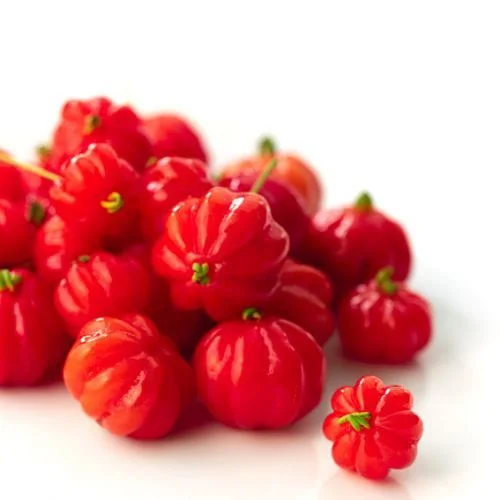
Pitanga fruits are small, bright red or dark maroon berries with thin skin and juicy orange-red flesh. Rich in vitamins A and C, these tropical berries offer a sweet-tart flavor and are native to South America’s subtropical forests.
10. Pluot
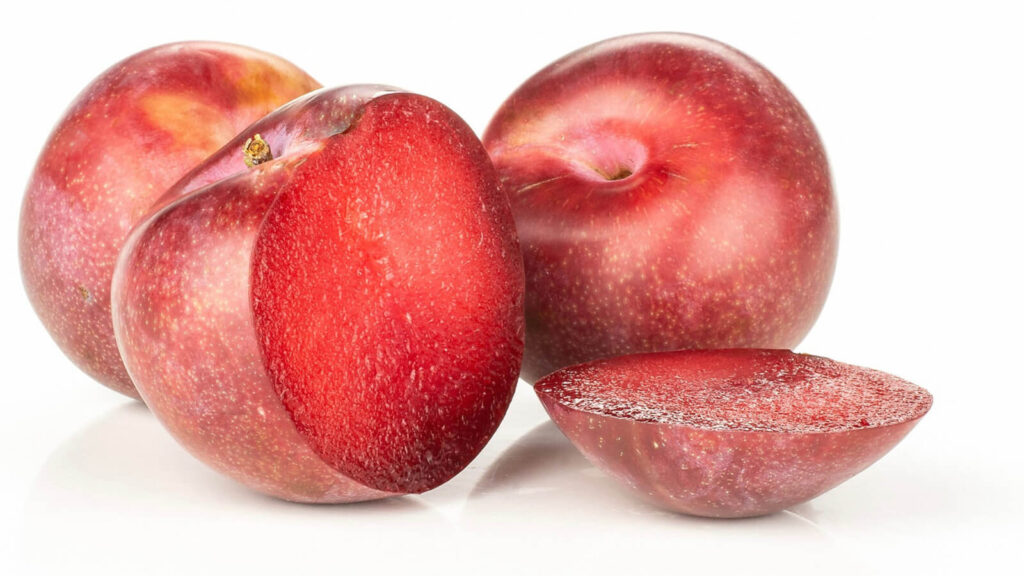
Pluots mix plum and apricot flavors, with colors ranging from pinkish red to purple. They taste sweet with a hint of tartness. These fruits are juicy and perfect for fresh eating or adding to recipes.
11. Pulasan
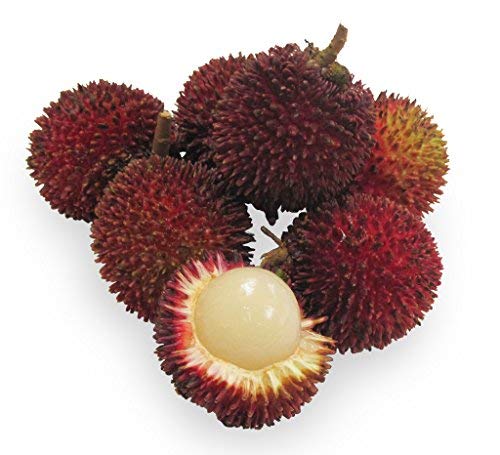
Pulasan fruits look like small, red ovals with leathery skin. Their sweet, juicy flesh contains no sourness and is high in vitamin C and fiber, making them refreshing and healthy tropical treats.
12. Papaya
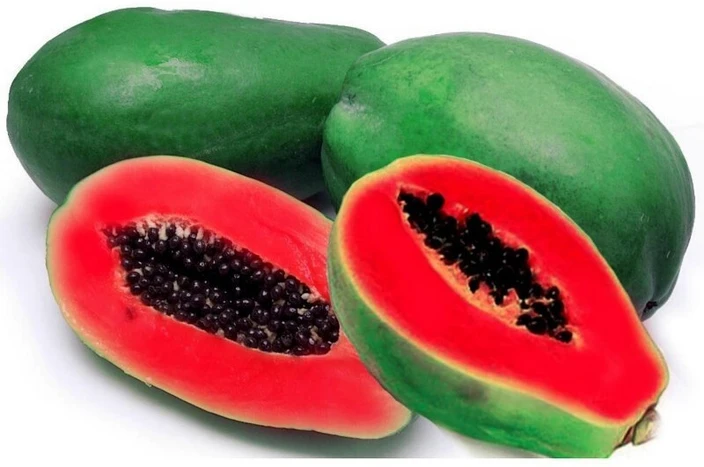
Some papayas, like the Caribbean Red and Ruby Rise varieties, have juicy, sweet flesh tinged with red-orange. They smell fragrant and are perfect fresh or in tropical dishes.
13. Pandanus Fruit
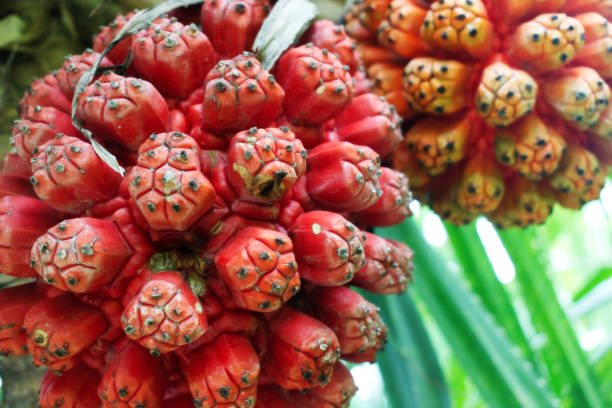
Certain pandanus species produce bright red fruit segments. These fruits are known for their rich color and unique taste, often used in traditional cooking in tropical areas.
14. Partridgeberry
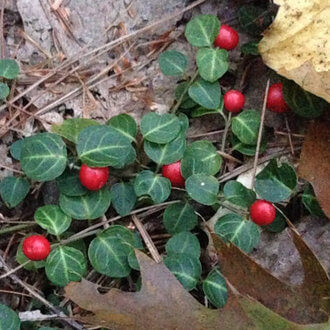
Partridgeberry is a low-growing shrub with small red berries found in North America. Besides being edible, it’s traditionally used to help with urinary tract health.
